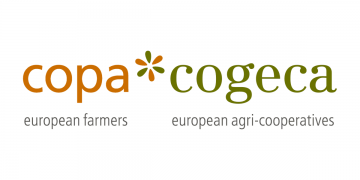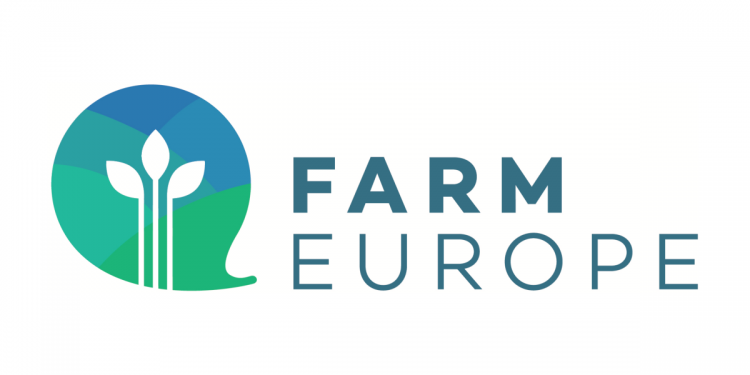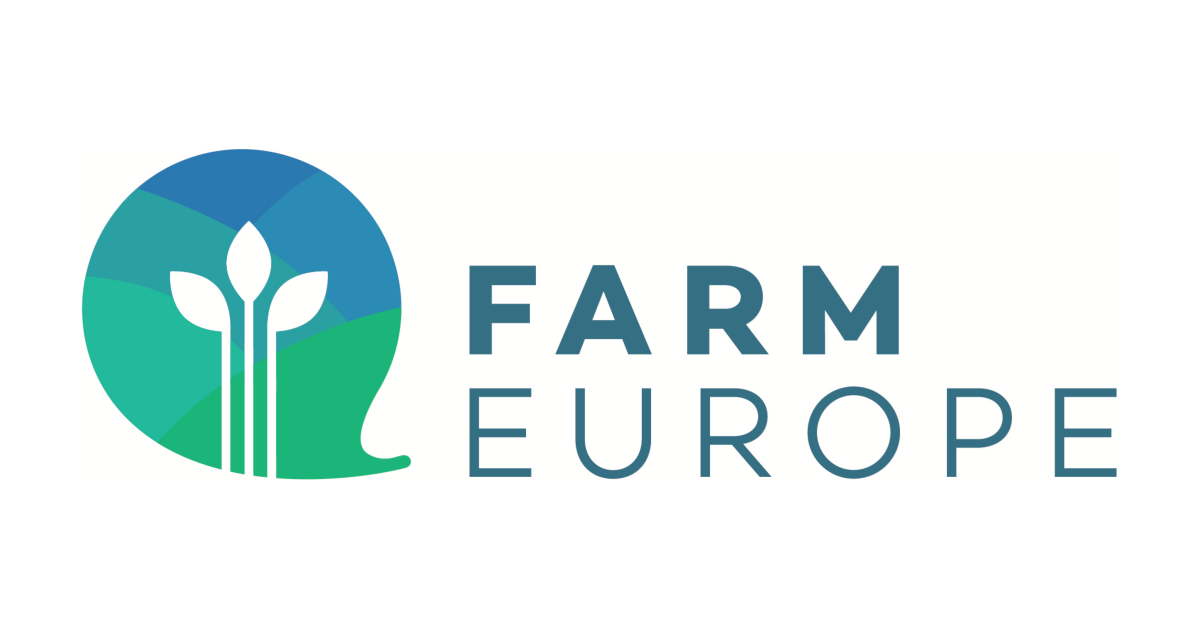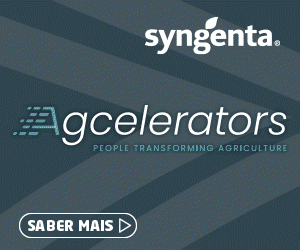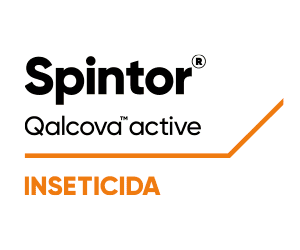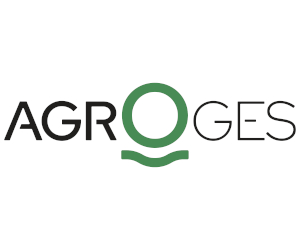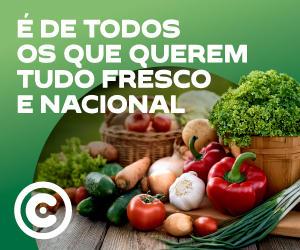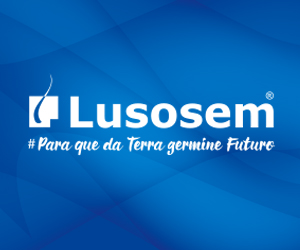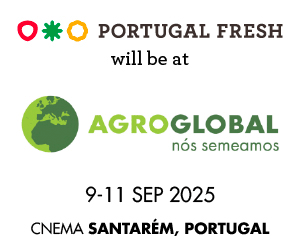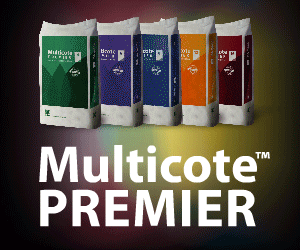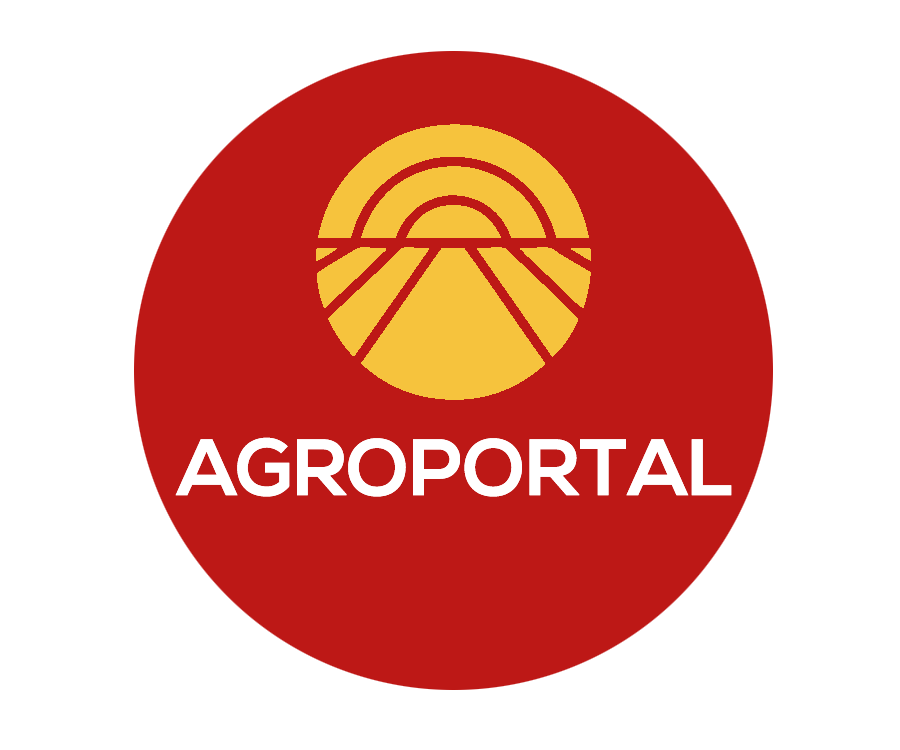On September 9th, 2022, the European Commission’s Joint Research Centre (JRC) -the in-house research department-, has published a few analyses[1] concerning the soon-to-be-revised Regulation EC 1169/2011on the provision of Food Information to Consumers (FIC). The reports are intended to be used by the Commission for its revision proposal to be published later during 2023.
The JRC’s study titled “Front-of-pack nutrition labelling schemes: an update of the evidence”, is an update of the already-existing JRC report on the same subject that was published in 2020. The purpose of the 2022 study – that was commissioned by the Director-General Health and Food Safety (DG SANTE) – aims “to provide a detailed analysis of current front-of-pack nutrition labelling (FOPNL) schemes regarding consumer understanding, their use, and effect on consumers’ behavior, dietary choices and health”.
In this new update, the JRC analyzed 245 new studies published between May 2018 and February 2021, focusing on FOPNL effects on consumers’ attention, their preferences, acceptance, understanding of the labels, the effects of nutritional labels on purchase decision, effects on health and diet, on product reformulation, and the unintended consequences of these tools (more detailed information on the results below). The studies involve several countries (mainly focusing on non-EU states) and many FOPNL (adopted by European Member States and not). However, the majority of the experiences analyzed in the literature review articles are done in on-line shops, and none in real-life settings.
Among the literature review done by the JRC, 14 studies analyze the link between the FOP method of evaluation and other appropriate measures of the healthfulness of the food, and 5 scientific articles compare the schemes with national dietary guidelines. Conclusions differ depending on the evaluated scheme, the reference point, as well as for the food category. It is thus difficult to conclude with a clear-cut take on the appropriateness of FOP to respond to healthy dietary habits.
The JRC writes that “overall, FOPNL’s ability to classify products in relation to their healthfulness is at times low depending on the food category assessed; this highlights the need of further refinement of FOP schemes to capture different healthfulness aspects more accurately”.
We can conclude that references on this aspect of nutritional labeling is still unclear, and that the “healthfulness” (i.e., how efficiently a label can guide the consumer towards a standard of healthy diet) of an FOP is very relative to the benchmark and the food category.
If we were to draw some general conclusion from this JRC input to the Commission, we would point out that, regardless of the quality and the extend of the literature review, the analysis is missing some pivotal points of the reasoning around FOPs.
The Commission shall start from these documents to further elaborate thoughts on the matter, notably on the possible effects of extending, first, a mandatory nutritional label to all EU member states and, secondly, an unique one, an area that is not quite well explored in the JRC document.
– The acceptance and consequences of a mandatory EU-wide labeling system are not discussed in depth, especially if we consider that, as the JRC reports, national preferences shall be considered. Most importantly, the effects that such a measure will have on the national dietary guidelines/reference intake (i.e., the national benchmark for healthy diet) are not analyzed. Possibly, the risk of a mandatory implementation of one FOP that answers only to a specific -national or theoretical European- benchmark for healthy diet might be disruptive for member states since it might not be coherent with their definition of healthy diet (except if the idea is to ask them to adapt to the one imposed by the chosen FOP).
– None of the study takes the responsibility to analyze the methodology behind the FOPs and, potentially, evaluate their completeness around the nutritional outlook they propose.
– Lastly, the study reports that, for example, a product that shows a nutritional label tends to be purchased more often compared to a product that does not show any label, regardless of the information shown in the said label (i.e., even if the product with the FOP is of lower nutritional value compared to the non-labelled one, consumers would tend to buy the former). Moreover, two studies report that seeing the color red on the label just before seeing a sweetened food, induces consumers to arouse them towards higher consumption of sugar-sweetened products. Despite these findings, no step forward is suggested in order to solve the possible problems that such issues may cause once implemented fully.
Faster-to-read labels, if on one hand are handy and effective in delivering the information, on the other hand, they have to compromise on the quality of the information delivered.
What purpose does it serve to deliver, in hurry, poor-quality information? Often times, these labels focus only on very few nutrients, ending up in giving positive notes to highly processed foods (foods that can be easily manipulated, i.e., adding ‘positive’ nutrients and reducing ‘negative’ ones) which, in turn, end up causing some of the health problems related to diet.
The question that we should ask ourselves, and for which there is no clue in the document, is rather how to improve the diets of the many without having to deal with long-term negative spill-over effects?
Background
what does the JRC new report says.
The “Front-of-pack nutrition labelling schemes: an update of the evidence” report analyses several aspects of FOPNL, notably on their effects on consumers’ attention, their liking and acceptance of the label, information on purchase decision, effects on health and diet, and their effect on reformulation and the unintended consequences.
- On consumer attention, the new findings concern the fact that “less complex labels require less attention to be processed”, besides the fact that front, colored, labels receive more attention and are easier to understand. Conclusions from the previous report about the fact that a nutritional information is better delivered if there is less other information on the food package, and if the position of the label does not change on the package were confirmed.
- On consumers’ preferences, acceptance and understanding, the JRC confirms that consumers generally approve FOPNL, better if colored, short and evaluative. In addition, health-conscious people appreciate them more than people who are overweight. In other words, as they are today, they are more useful to people who need them the less and less efficient vis-à-vis people to be focused on.
- On the reference quantity, the Commission’s agency writes that methods that require “less mental math”achieve better understanding, suggesting to apply the same principle for the nutritional information in general.
- On the effects of FOPNL on purchases, it confirms that this tool can improve the nutritional quality of food choices.
- On the effects on health and diet, the studies find that “the presence of FOP nutrition labels can have a positive impact on consumer’s dietary intake”, especially evaluative schemes, and that “in all studies, it has been shown that the presence of FOP nutrition label is associated with better nutritional quality of the selected food products, as the selected products were generally lower in energy and in nutrients of public health concern such as SFA [saturated fatty acids], salt and sugars”. However, they admit that drawing conclusions regarding the exact effect of FOPNL on diet and health remains difficult given the lack of available real-life evidence and they don’t explore the role of some FOP in promoting more (to ultra) processed products and the correlative health consequences.
- On the effects of FOPNL on reformulation, the reviewed studies find that they can incentivize the reformulation of products, even if “it may only involve nutrients that appear of the FOP nutrition labels or which are considered in underlying nutrient criteria, while reducing the incentive to improve on the others”.
- On the unintended consequences of FOPNL, the JRC interestingly note that, firstly, country-specific differences might be taken into account; the fact that a product that shows a nutritional label tend to be purchased more often than a product that does not show a label, regardless of the information contained in the label; and that, the fact of “seeing a red circle just before seeing a sweetened food may elicit more arousing and positive affective reactions in consumers towards the sweetened food items”, leading consumers to “prefer products that are accompanied by the red color, thus having an inverse effect for unhealthy foods of that intended by the label”.
[1] “Front-of pack nutrition labelling schemes: an update of the evidence”; ‘Provision of ingredient, energy and full nutrition information on alcoholic beverages”; “Literature review on means of food information provision other than packaging labels”; “Consumer understanding of origin labelling on food packaging and its impact on consumer product evaluation and choice: a systemic literature review”.
O artigo foi publicado originalmente em Farm Europe.




